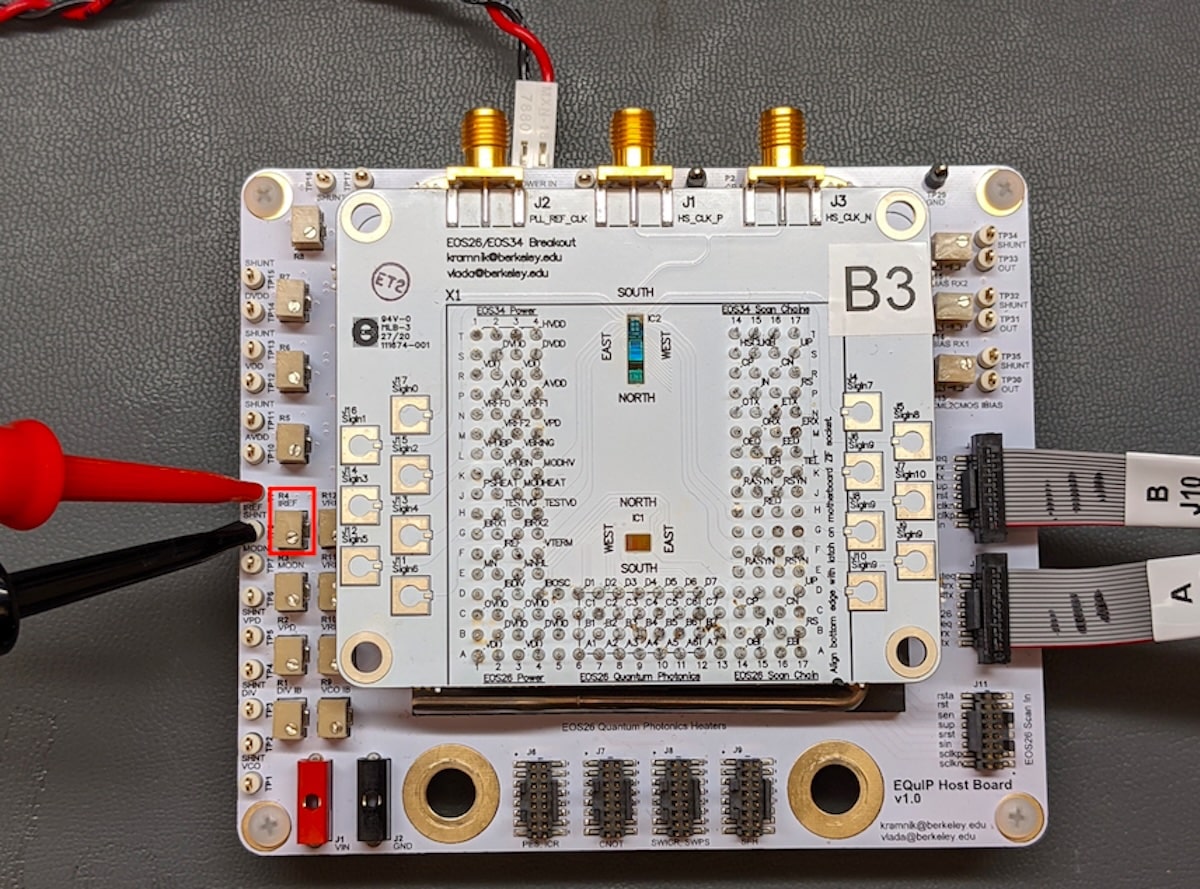A multidisciplinary team from Boston, Berkeley, and Northwestern universities has succeeded in integrating quantum light sources and electronic control on a single silicon chip, utilizing a commercial 45-nanometer platform. Published in Nature Electronics, this represents the first fully integrated quantum electronic-photonic system manufactured with standard CMOS technology, paving the way for a new generation of “scalable-ready” quantum chips.
A Miniature “Quantum Light Fabricator”
The developed chip functions as an array of “quantum light factories,” capable of emitting correlated photon pairs, which are essential for quantum computing, secure communications, and ultra-precise sensing. Each source occupies just one square millimeter and includes silicon microring resonators—key components also highlighted by Jensen Huang (NVIDIA) as foundational for future optical computing.
The technological challenge was stabilizing these resonance structures, which are highly sensitive to temperature fluctuations and manufacturing variations. To address this, researchers integrated photonic sensors and thermal control systems directly into the chip, allowing real-time tuning of each quantum source’s resonance. Overall, each chip can operate up to 12 photon sources in parallel, maintaining synchronization despite internal interference.
Commercial Manufacturing: The Real Leap
The chip was fabricated using a 45 nm CMOS platform developed in collaboration with GlobalFoundries and Ayar Labs. This demonstrates that quantum integration can scale without relying on experimental or prototype lab processes. Miloš Popović from Boston University emphasizes that “it’s a small step in the evolution of quantum systems, but an essential one, because it’s achieved using commercial, reproducible processes.”
A Steady Step Towards the Quantum Future
While this chip isn’t yet a functional quantum computer, it marks a significant shift in how quantum systems are built—miniaturized, controllable, and scalable from the outset. Its impact could range from secure communication infrastructure to vital components in hybrid quantum computing architectures and precision sensors.
Furthermore, several researchers involved have joined leading companies such as PsiQuantum, Ayar Labs, and Google X, illustrating the momentum that silicon photonics is gaining in applications for artificial intelligence and integrated quantum computing.
Supported by the National Science Foundation (NSF), the FuSe program on the future of semiconductors, the Packard Foundation, and the Catalyst Foundation, this advancement consolidates an academic-industrial ecosystem committed to moving quantum technology from labs to markets.
A New Era Begins
This first electronic-photonic quantum chip signals the start of a new era—one where quantum computing can grow on the same technological foundations already fueling the artificial intelligence revolution.
via: Boston University

